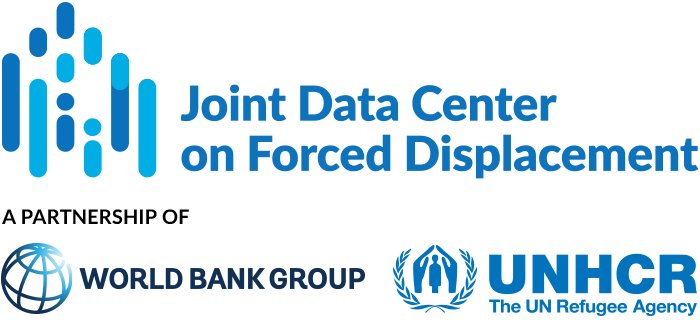Kenya hosts more than 470,000 refugees, 40 percent of whom live in the Kakuma camps and Kalobeyei Settlement in Turkana County, one of the poorest counties in the country. The Kalobeyei Settlement was established in 2015 to accommodate the growing population...
JDC Literature Review
Assessing the Direct and Spillover Effects of Shocks to Refugee Remittances
Over 60 percent of refugees in Kenya’s Kakuma refugee camp receive remittances, over half through informal money transfer services. On average, remittances comprise half of the income of families that receive them. In April 2015, in response to an Al Shabaab terrorist...
Improving Information and Communication to Boost Inclusion and Self-reliance for Urban Refugees
A major obstacle to urban refugees’ self-reliance is that information and refugees do not easily ‘find’ each other. Refugees can become isolated and ‘lost’ in the urban environment, partly because they relocate frequently, making contact difficult to maintain, and...
The Prevalence of Post-Traumatic Stress Disorder (PTSD) among Internally Displaced Persons (IDPs) in Maai Mahiu Camp in Nakuru County, Kenya
This study examines the prevalence of PTSD and associated socio-demographic factors among IDPs following the post-election violence in Kenya in 2007/8. During the post-election violence, many IDPs were exposed to overwhelming and distressing experiences, and were left...
Child-friendly Spaces: Enhancing their Role in Improving Learning Outcomes
In crises, child-friendly spaces (CFS) can promote psychosocial wellbeing and provide a safe space for learning but research has shown that their quality, relevance, effectiveness and sustainability vary widely. Red Crescent and Red Cross programs in Yemen and Kenya...


